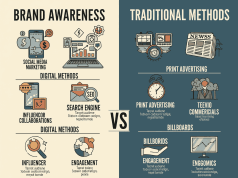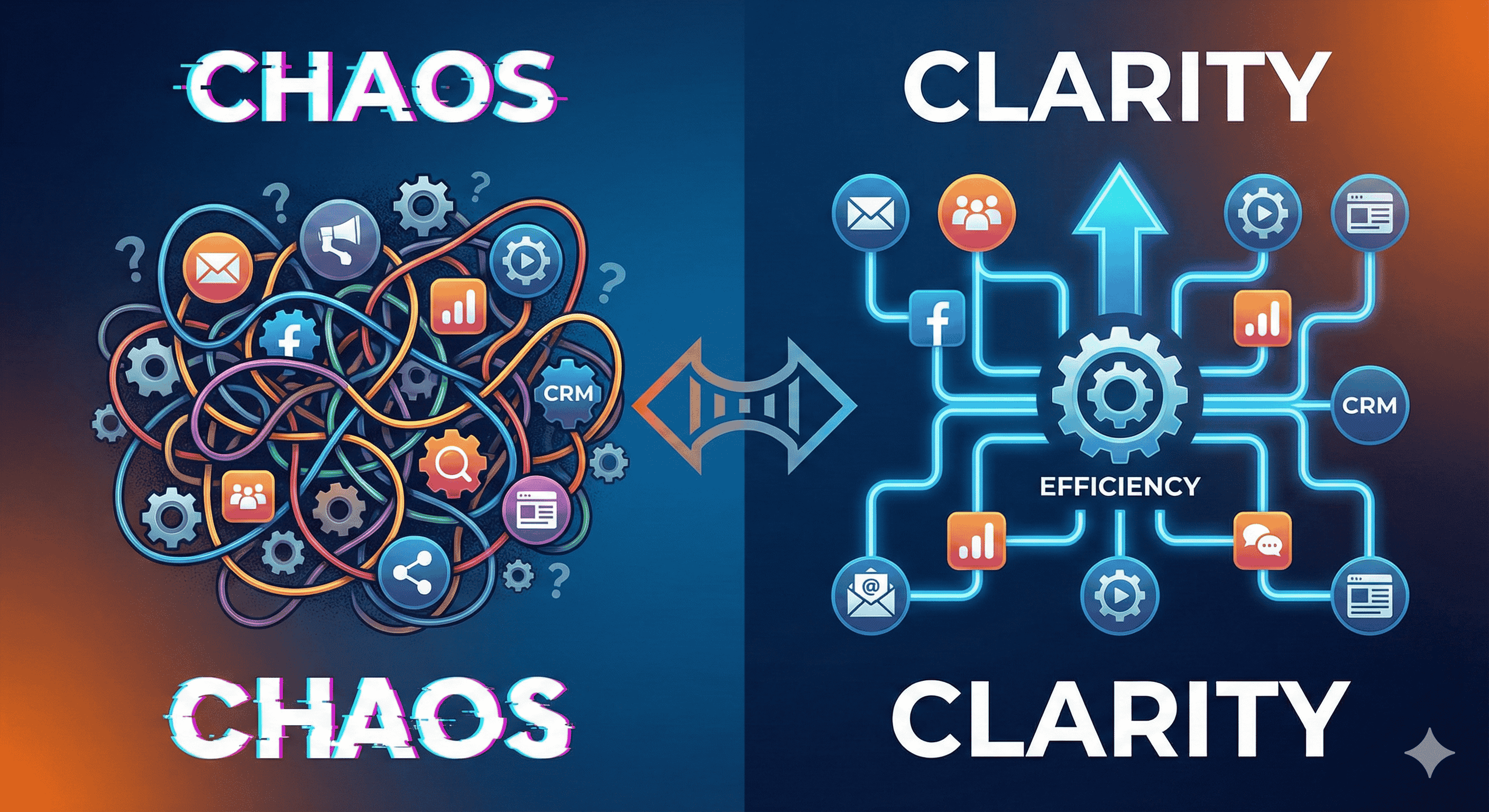As we approach 2025, the advertising landscape is poised for significant transformation, driven by advances in technology, shifts in consumer behavior, and an increasing emphasis on sustainability and ethics. Companies must think creatively to engage audiences effectively and differentiate themselves in a crowded marketplace. Here are some innovative advertising strategies that will likely shape the future.
1. Hyper-Personalized Marketing
The Data-Driven Approach
Hyper-personalization leverages big data and machine learning to tailor ads to individual consumers. Brands will collect granular data on consumer behavior and preferences from various platforms.
Real-Time Content Adaptation
In 2025, we can expect brands to utilize AI-driven algorithms that adapt ad content in real-time based on user interactions. For instance, streaming services might change the promotional content within a show to align with a viewer’s preferences, effectively creating a custom advertising experience.
2. Augmented and Virtual Reality Experiences
Immersive Branding
Augmented Reality (AR) and Virtual Reality (VR) technologies are set to redefine the advertising space. Brands can create immersive experiences that engage consumers in ways traditional media cannot. For example, furniture retailers may allow customers to visualize how a piece looks in their home through AR before making a purchase.
Gamification
Integrating gamification into advertisements can further enhance user engagement. Creating AR games that align with brand messaging not only entertains but also engages consumers actively, turning advertising into an interactive experience.
3. Sustainability and Ethical Advertising
Purpose-Driven Campaigns
As consumers grow more environmentally conscious, brands will need to align their messaging with sustainable practices. Advertisements will focus on ethically sourced products and transparent supply chains, showcasing a commitment to environmental and social responsibility.
Community-Centric Initiatives
Incorporating community engagement into advertising will foster brand loyalty. Campaigns that highlight local partnerships or showcase social contributions will resonate more with consumers who prioritize ethical consumption.
4. Voice Search and Smart Assistants
Conversational Advertising
With the rise of smart home devices, voice search will become a crucial component of advertising. Brands will need to optimize their content for voice queries, ensuring they appear in relevant conversations.
Personalized Voice Experiences
Imagine interacting with a brand through voice-activated devices where consumers receive personalized responses based on their preferences—this creates an intimate connection between the brand and the consumer.
5. Influencer Collaborations Reimagined
Micro and Nano Influencers
Brands will shift their focus from celebrity endorsements to collaborations with micro and nano influencers. These influencers often boast higher engagement rates and more authentic connections with their followers, leading to more effective advertising.
Co-Creation Models
Brands may also involve influencers in the creative process, allowing them to craft campaigns that feel genuine and resonate with their audience. This approach fosters authenticity and leverages the influencer’s expertise in engaging their community.
6. Blockchain for Transparency
Enhancing Trust
Blockchain technology can enhance transparency in advertising, ensuring that ad spend and impressions are accurately recorded. Consumers will be able to track the origin of products and verify the ethical claims made in advertising.
Anti-Fraud Measures
Using blockchain, brands can combat ad fraud by ensuring that their ads are displayed in legitimate environments. This not only protects brand integrity but also optimizes advertising budgets.
7. Emotional Intelligence in Advertising
Connecting on a Deeper Level
In 2025, emotional intelligence will be a key factor in crafting effective advertising strategies. Brands will prioritize understanding consumer emotions and crafting messages that resonate on a personal level.
AI-Driven Emotional Analytics
Utilizing AI technologies that analyze emotional responses to content will help brands refine their messaging. This allows for more empathetic and relatable advertising strategies.
Conclusion
As we venture into 2025, the advertising strategies that will thrive are those that embrace innovation, focus on sustainability, and prioritize genuine consumer connections. By adopting hyper-personalization, immersive experiences, and ethical practices, brands can create impactful advertising campaigns that resonate with the modern consumer. The future of advertising is not just about reaching audiences; it’s about building lasting relationships that inspire loyalty and trust. Embracing these innovative strategies will be crucial for any brand looking to flourish in an ever-evolving marketplace.









